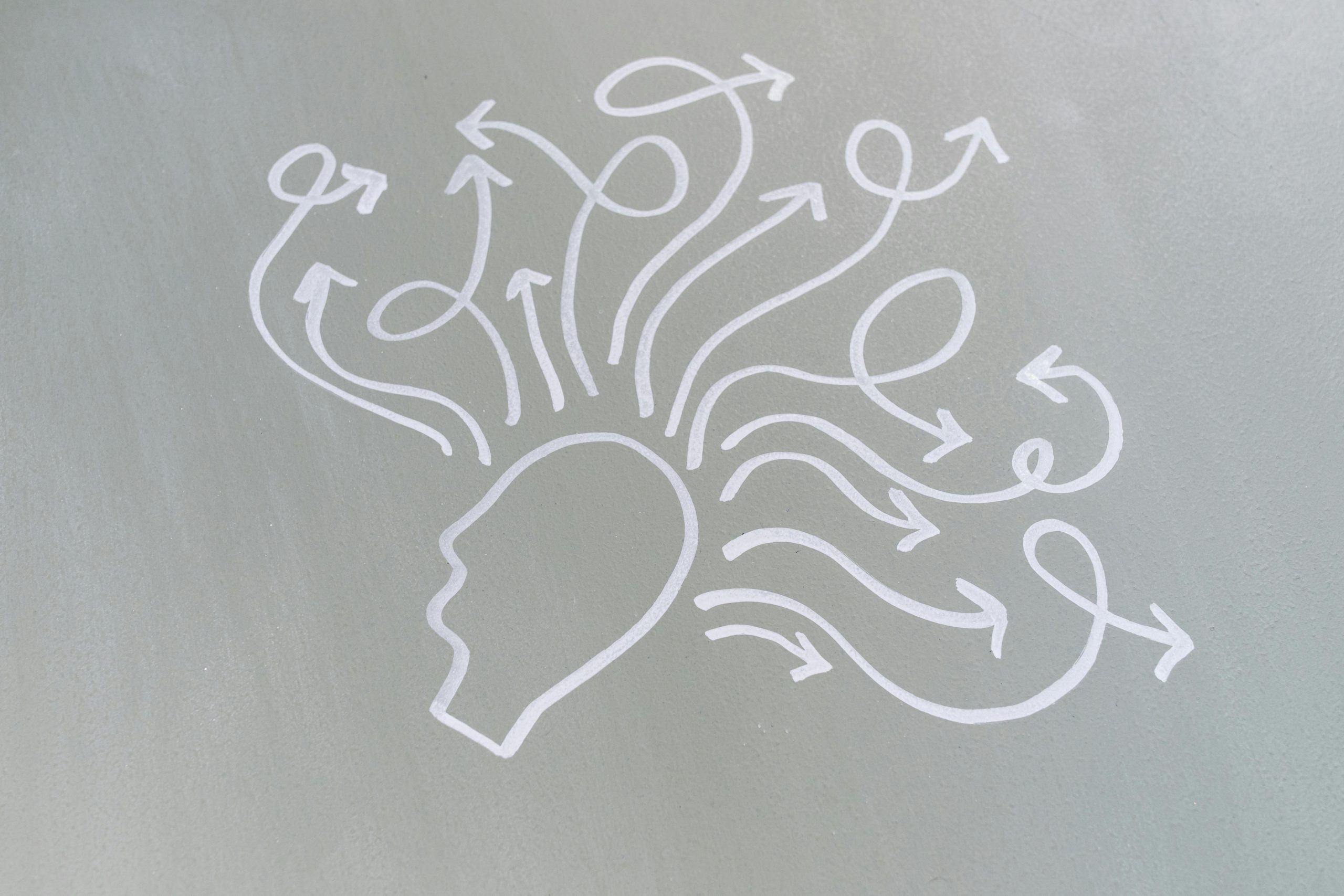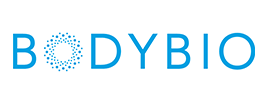When considering gut health, we must prioritise the gut microbiome. While microscopic, gut bacteria are essential to forming a healthy ecosystem free of digestive issues. It helps to support the immune system, blood sugar regulation, and digestion as a whole.
A diet that supports your gut microbiome is a helpful tool to improve damaged gut terrain. Ideally, your diet should consist of prebiotic, probiotic, and postbiotic foods while eliminating highly processed food groups.
The gut microbiome is delicate. It’s easily manipulated by inputs like physical and emotional trauma, heavy antibiotic use, and consuming processed foods. Taking proper care of your gut microbiome considers all of these elements as potential concerns.

It seems like we know a lot about gut health today, but the human gut microbiome is still practically uncharted territory.
It’s not that scientists haven’t researched it (they have). But the gut microbiome is an entire ecosystem by itself — regulating things like the immune system and digestive tract while communicating with the brain, all on a cellular level. We’ve only scratched the surface of exactly what the gut microbiome can do.
What we do know about the gut microbiome is that an imbalance of essential bacterial species can cause symptoms like bloating, cramps, weight gain, insulin resistance, and more.
And, with processed foods and pharmaceutical drug use on the rise, we know our microbiome is changing… and not for the better.
There are ways we can intervene on behalf of our gut health, though.
Diet and nutrition remain one of the key pillars of health, and key elements of our diet can have a significant impact on our overall microbiome health. Let’s explore a healthy microbiome diet and why it takes a whole lot more than probiotics to cultivate a healthy ecosystem.
Key Elements of the Gut Microbiome Diet
Before we dive into the key pillars of the gut microbiome diet, we have to understand the role the gut microbiome plays in our health.
Here’s what we know:
- Our gut microbiome helps regulate the immune system.
- The microbiome is part of the digestive system and turns fibrous foods into essential nutrients.
- Each person’s microbiome is as unique as their fingerprint.
- The microbiome is an ecosystem — meaning good bacteria as well as pathogens like yeast and parasites can coexist in the same space (sometimes causing symptoms, sometimes not).
- Our microbiome changes based on its environment. Processed foods, pharmaceutical drugs, stress, and nutrient deficiencies may alter the microbiome and cause symptoms.
- 95% of serotonin is made in the gut, and the gut communicates with the brain via the gut-brain axis.
- Most importantly, our gut microbiome requires many different elements to thrive, not just probiotics.
Here are the three pillars of a healthy gut microbiome:
Prebiotic Fibre
Natural fibres that come from leafy greens, fruits, grains, and legumes are essential to a healthy gut ecosystem. The goal is to create an environment where healthy colonies of gut flora thrive — and they can’t do this without the proper fuel.
High-fiber foods are broken down and digested by the microbiome. The berries, spinach, and kale you eat regularly are exactly what fuel healthy bacterial colonies in your gut.
That said, people with low levels of healthy gut bacteria will probably struggle to digest fibre at first. We recommend slowly increasing your fibre intake, giving your gut time to colonise and adjust.
Probiotic Supplements and Foods
Just a few years ago, probiotic foods and supplements were considered the best resources to restore an imbalanced microbiome. While probiotics are certainly helpful, they need to be considered as just one element of a multi-step plan to restore gut health.
For instance, without prebiotics to feed your gut microbiome, your probiotic supplements may die off without doing any good. Not only that, but most probiotic supplements contain dozens of strains, which might not all benefit your unique microbiome.
If you want to supplement with probiotics, we recommend working with a functional medicine practitioner to run tests and find missing or low levels of important bacterial species. Otherwise, consuming a healthy dose of probiotics alongside prebiotic and postbiotic foods is a more well-rounded approach.
Postbiotic Support
When rebuilding your gut microbiome, it’s going to take a while before daily symptoms begin to resolve. Postbiotics can help expedite the healing of the gut. These are the metabolites left behind after the microbiome digests fibre. They’re essential substrates like butyrate, amino acids, and vitamin K that benefit your digestive health in other ways.
We often recommend postbiotic supplements, like butyrate, to help restore the gut ecosystem. But there are also many postbiotic foods you can consume on a microbiome diet.
Best Foods for the Gut Microbiome
When beginning a microbiome diet, you want to shoot for prebiotic, probiotic, and postbiotic foods. These are the best foods for the gut microbiome because they work together to create a thriving gut ecosystem.
Prebiotic Foods
Typically, anything with natural, unprocessed fibre is considered a prebiotic, like…
- Leafy greens (kale, spinach, Swiss chard, and collard greens)
- Whole seeds (flax, chia, and hemp)
- Root veggies (radishes, potatoes, garlic, beets, ginger, and onions)
- Berries (raspberries, blackberries, and elderberries)
- Whole fruits (oranges, bananas, and kiwi)
- Foraged foods (mushrooms, dandelion roots, and rose hips)
- Whole grains (oats, barley, kamut, buckwheat, and rye)
The key to eating more prebiotic foods is to start slow. If your microbiome is depleted of beneficial flora, it won’t be able to digest high amounts of fibre all at once, so don’t force it. Slowly begin to increase portions of fruits and vegetables throughout the weeks.
Probiotic Foods
With live cultures of healthy bacteria, probiotic foods are typically fermented to draw out their cultures.
- Kombucha
- Kefir
- Yogurt
- Buttermilk
- Kimchi
- Sauerkraut
- Some types of pickles
- Miso
- Raw dairy
We also recommend increasing your probiotic food intake slowly. If you spend a few weeks on probiotic foods with no positive results, you may need to undergo some strategic gut testing with your functional medicine practitioner.
Postbiotic Foods
Postbiotic foods are nutrient-dense and can help relieve uncomfortable gut symptoms. We can use these to support our microbiome while we increase prebiotic and probiotic intake, guiding our digestive system to create postbiotics on its own.
- Raw cottage cheese
- Kombucha
- Yogurt
- Sauerkraut
- Kefir
- Butyrate foods high in resistant starch
Since most postbiotic foods are also probiotic foods, it shouldn’t be too hard to include these in your meal plan. That said, we also recommend targeting this portion of the microbiome diet with postbiotic supplements, like butyrate. If the body is already struggling to make postbiotics, supplements can help achieve results and relieve symptoms faster.
Food and Drugs to Avoid on the Gut Microbiome Diet
Recovering your gut microbiome is a multi-step process and may require removing foods from your diet. Ideally, you want to eat a diet of whole foods that are minimally processed. In-season fruits and veggies from your local farmer’s market are likely to have more nutrients and fewer chemicals than grocery store foods, too.
Here are some foods you may want to avoid on the microbiome diet:
- Highly processed foods
- Fast food
- Coffee
- Sugar substitutes
- Processed sugar
- Processed grain
- Foods pasteurised at high temperatures
You should also pay attention to any pharmaceutical drugs you may be taking. Antibiotics, in particular, are harmful to the microbiome as a whole. Of course, there are many cases where they’re life-saving, but they should be used sparingly. In one study, antibiotics, birth control pills, PPIs, and laxatives were shown to have the most impact on the microbiome.
More Steps to Restoring Gut Flora
There’s so much more to protecting the gut microbiome than diet alone. Eating diverse foods, addressing trauma, and starting slow are all important steps when it comes to caring for your gut microbiome. Targeted supplements and testing may play a role in your healing journey, too.
Don’t Upset Your Stomach
You may feel slight digestive discomfort in the first few days or weeks of this diet (this is a sign your microbiome population is changing–for the better), but you shouldn’t feel miserable on this diet.
You may try foods that cause nausea, bloating, and loose stools. Excess veggies or fermented foods can be difficult to digest, especially if you’re not used to them.
Our rule of thumb? Don’t overdo it. Introduce new foods slowly, and don’t exacerbate symptoms. This isn’t helpful.
Focus On Food Quality Rather Than Food Elimination
Yes, there are certainly times when foods should be avoided due to severe allergies or sensitivities. However, this doesn’t happen as often as we think. Most of the time, it’s not the food itself that causes discomfort, it’s the manufacturing process.
There’s almost always a solution to food sensitivities. Here are a few we love:
- Milk Sensitivity — Try substituting grocery store milk for A2 farm-raised raw milk.
- Gluten Sensitivity — Find a source of flour that doesn’t contain glyphosate, like European imported flour or an ancestral grain like kamut.
- Bean, Legume, or Rice Sensitivity — While these are known to cause bloating, a simple preparation process can help with this. Try soaking your grains in water and a tablespoon of vinegar for a few hours before cooking.
- Fresh Fruit or Veggie Sensitivity — When trying to recover your microbiome, we recommend using the freshest and cleanest produce available. Find in-season organic fruits and veggies at your local farmer’s market and introduce them slowly.
Consider a Low FODMAP Diet
If you don’t have enough healthy gut microbes to break down prebiotic fibre, you may experience symptoms of irritable bowel syndrome (IBS) when eating certain fruits, veggies, and legumes. If this is the case, we recommend trying the low FODMAP diet to help restore the natural microbiome before going crazy with new food introductions.
Take Action For Better Microbiome Health
The goal of the microbiome diet is to improve your overall gut health while managing symptoms. In addition to a gut-friendly diet, there are a number of supplemental resources that can help reduce current symptoms while nurturing a healthy long-term gut ecosystem. One of them is butyrate – a short-chain fatty acid that’s also a postbiotic.
Butyrate supplements can help dampen the inflammatory response in the gut while improving intestinal permeability. This supplement has also been shown to shift the bacterial colonies in the gut, which is helpful when you’re rebuilding your gut ecosystem.
- Thorakkattu, P., Khanashyam, A. C., Shah, K., Babu, K. S., Mundanat, A. S., Deliephan, A., Deokar, G. S., Santivarangkna, C., & Nirmal, N. P. (2022). Postbiotics: Current Trends in Food and Pharmaceutical Industry. Foods (Basel, Switzerland), 11(19), 3094. https://doi.org/10.3390/foods11193094
- Vich Vila, A., Collij, V., Sanna, S., Sinha, T., Imhann, F., Bourgonje, A. R., Mujagic, Z., Jonkers, D. M. A. E., Masclee, A. A. M., Fu, J., Kurilshikov, A., Wijmenga, C., Zhernakova, A., & Weersma, R. K. (2020). Impact of commonly used drugs on the composition and metabolic function of the gut microbiota. Nature communications, 11(1), 362. https://doi.org/10.1038/s41467-019-14177-z
- Wang, X., Zhang, P., & Zhang, X. (2021). Probiotics Regulate Gut Microbiota: An Effective Method to Improve Immunity. Molecules (Basel, Switzerland), 26(19), 6076. https://doi.org/10.3390/molecules26196076
- Carlson, J. L., Erickson, J. M., Lloyd, B. B., & Slavin, J. L. (2018). Health Effects and Sources of Prebiotic Dietary Fiber. Current developments in nutrition, 2(3), nzy005. https://doi.org/10.1093/cdn/nzy005
- Appleton J. (2018). The Gut-Brain Axis: Influence of Microbiota on Mood and Mental Health. Integrative medicine (Encinitas, Calif.), 17(4), 28–32.
Share:
Related Posts

Gallbladder Health 101: What It Does and How to Keep It Working Well
Written by Ashley Palmer & Pooja Mahtani | 2025 The gallbladder may not get much attention compared to the gut, but it plays a central

Can You Bring Vitamins on a Plane? How To Travel with Supplements
Written by Austin Ruff | 2024 Are you traveling for a work conference, an athletic competition, or a weekend getaway? Just because you’re leaving home

Earthworms, Enzymes, and Circulation: The Science Behind Lumbrokinase
Written by Dr Sarah Daglis | 2025 Blood clotting is essential for healing and other important functions throughout the body, but when the process goes

Why Would I Test Positive To Foods On A Dietary Antigen Test That I Don’t Eat?
Written by Precision Point Diagnostics | 2025 True food allergies are when the body develops antibodies against a particular food, or a related food. Patients

Mitochondria: The Overlooked Link in the Gut-Brain Axis
Written by Dr Sarah Daglis | 2025 The gut-brain axis is well-established, but there’s more to this dynamic relationship than meets the eye. A vital

